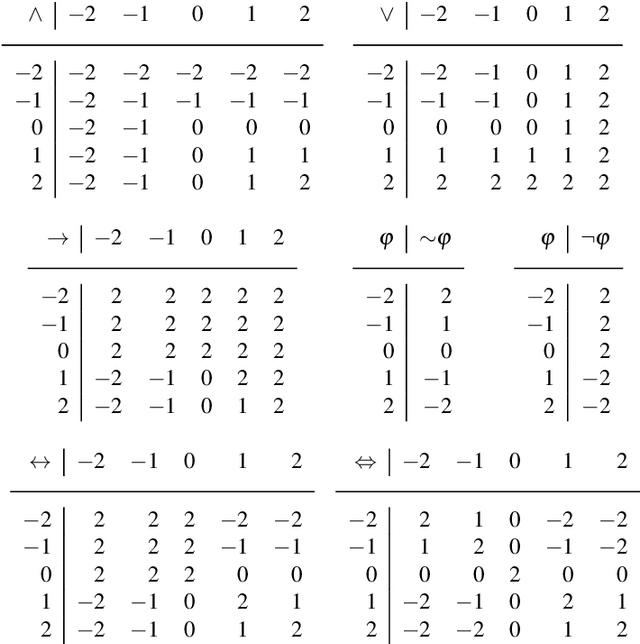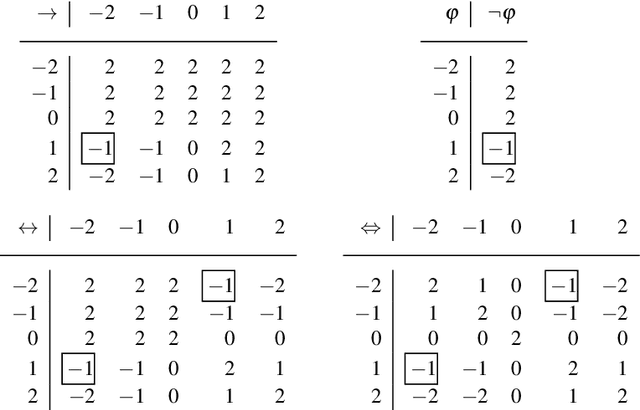Gilberto Perez
Temporal Answer Set Programming
Sep 14, 2020



Abstract:We present an overview on Temporal Logic Programming under the perspective of its application for Knowledge Representation and declarative problem solving. Such programs are the result of combining usual rules with temporal modal operators, as in Linear-time Temporal Logic (LTL). We focus on recent results of the non-monotonic formalism called Temporal Equilibrium Logic (TEL) that is defined for the full syntax of LTL, but performs a model selection criterion based on Equilibrium Logic, a well known logical characterization of Answer Set Programming (ASP). We obtain a proper extension of the stable models semantics for the general case of arbitrary temporal formulas. We recall the basic definitions for TEL and its monotonic basis, the temporal logic of Here-and-There (THT), and study the differences between infinite and finite traces. We also provide other useful results, such as the translation into other formalisms like Quantified Equilibrium Logic or Second-order LTL, and some techniques for computing temporal stable models based on automata. In a second part, we focus on practical aspects, defining a syntactic fragment called temporal logic programs closer to ASP, and explain how this has been exploited in the construction of the solver TELINGO.
Revisiting Explicit Negation in Answer Set Programming
Jul 26, 2019

Abstract:A common feature in Answer Set Programming is the use of a second negation, stronger than default negation and sometimes called explicit, strong or classical negation. This explicit negation is normally used in front of atoms, rather than allowing its use as a regular operator. In this paper we consider the arbitrary combination of explicit negation with nested expressions, as those defined by Lifschitz, Tang and Turner. We extend the concept of reduct for this new syntax and then prove that it can be captured by an extension of Equilibrium Logic with this second negation. We study some properties of this variant and compare to the already known combination of Equilibrium Logic with Nelson's strong negation. Under consideration for acceptance in TPLP.
 Add to Chrome
Add to Chrome Add to Firefox
Add to Firefox Add to Edge
Add to Edge